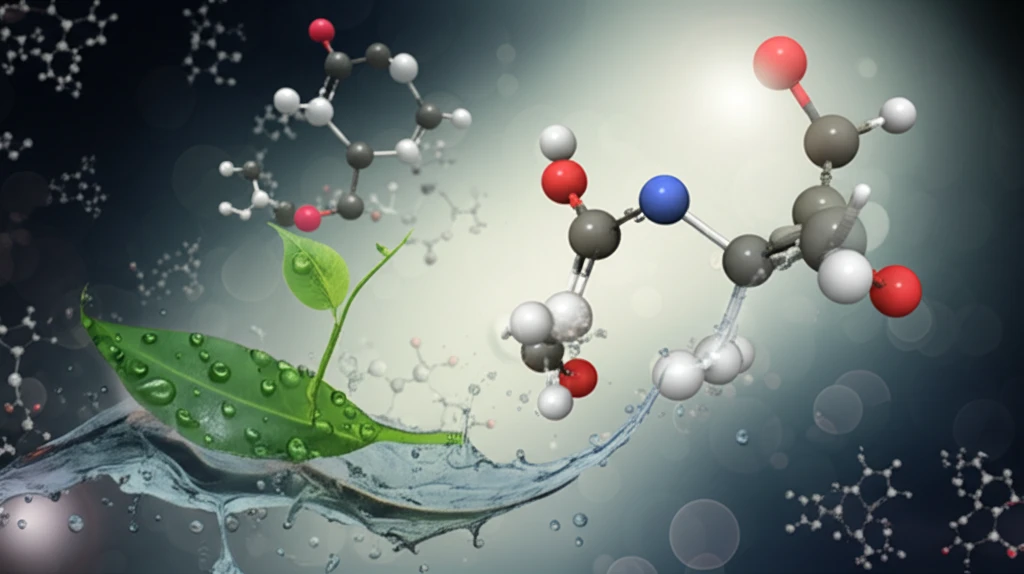
Unlock the Power of Heterocycles: A Guide to Synthesis & Biological Properties
"Discover how chemists are creating new nitrogen-containing molecules for drug development and beyond."
Nitrogen heterocycles are foundational components in organic chemistry, prized for their versatile reactivity and widespread occurrence in natural and synthetic compounds. These molecules are crucial in various sectors, including pharmaceuticals, medicine, biology, and agricultural sciences, driving innovation and discovery.
Among nitrogen heterocycles, tetrahydroacridine derivatives are particularly significant, especially in treating Alzheimer's disease. Natural and synthetic acridine derivatives have demonstrated potential as antimalarials, anti-inflammatories, and analgesics. Similarly, pyrimidinone derivatives exhibit diverse biological activities, such as insulin-mimetic, anti-inflammatory, and anti-proliferative effects.
Researchers are actively exploring new synthetic methods for tetrahydroacridin-9-ones and pyrimidinones to harness their therapeutic potential. One effective approach involves leveraging the reactivity of β-keto esters as a key tool for creating these complex structures.
From Keto Esters to Complex Molecules: The Synthesis Process

The transformation begins with a smooth condensation reaction where ethyl 2-oxocyclohexanecarboxylate interacts with arylamines in ethanol. This process efficiently yields β-enaminoester compounds, marking a crucial initial step. Next, these enaminoesters undergo reflux in biphenyl ether, leading to the formation of substituted tetrahydroacridines, which are core structures in many pharmaceutical applications.
- High Yield Synthesis: Efficient reactions lead to significant production of target molecules.
- Versatile Reactivity: β-keto esters serve as a versatile starting point for diverse heterocycles.
- Pharmaceutical Potential: Synthesized compounds exhibit promising biological activities.
- Optimized Methods: Refined techniques ensure maximum yield and efficiency.
Biological Evaluations and Future Directions
The synthesized compounds undergo comprehensive biological evaluations to determine their therapeutic potential, particularly in antimicrobial and antifungal applications. Derivatives of pyrimidinone have demonstrated notable activity against various microbial strains, suggesting their utility in developing new treatments for infectious diseases. These findings offer a promising avenue for further research, potentially leading to innovative pharmacological interventions. The synergy between chemical synthesis and biological testing enhances the prospect of creating effective therapeutic agents, marking a significant contribution to both chemistry and medicine.
